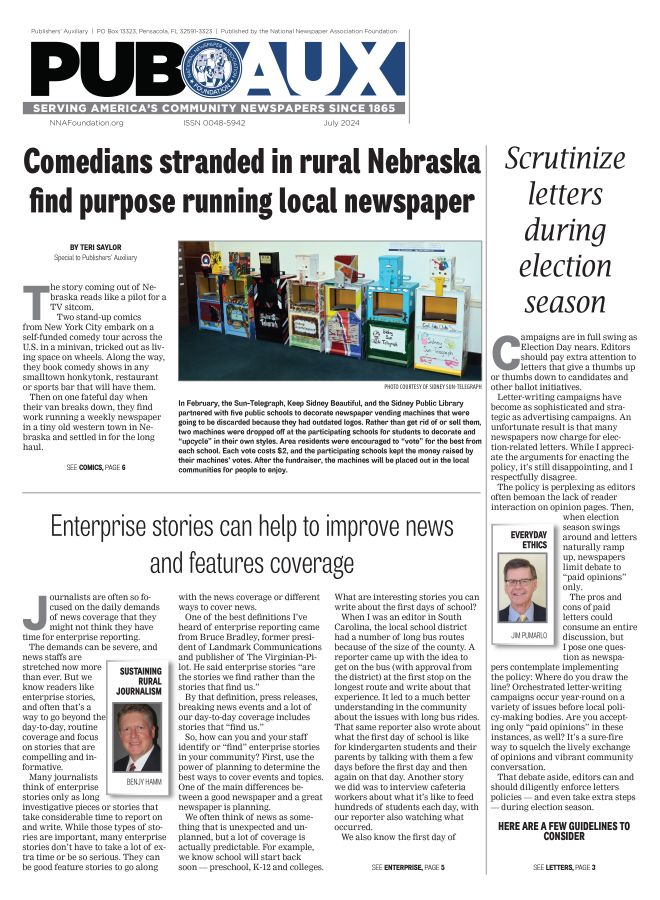We’ve got some explaining to do
John Foust
Nov 2, 2022


People usually say “no” to things they don’t understand. It’s a salesperson’s job to help prospects understand what he or she is selling.
What makes media choice A better than choice B? What’s all this talk about target audiences being better than general audiences? Doesn’t that mean fewer buyers? If a business has been successful for a long time, why spend money on advertising?
You’re probably not worried about these things, but more than a few of your prospects are. There’s a natural tendency to think our prospects are keeping up with what we’re saying, when in reality, that might not be the case. We have to get in step with them before we can expect them to get in step with us.
Christopher, a veteran ad salesperson, told me about an unusual misunderstanding with a prospect.
“When he called to say he wanted to discuss his advertising outlays,” Christopher said, “I immediately thought about the budgeting process. As the conversation progressed, I realized that we were on two completely different wavelengths. He was referring to ad layouts, not ad outlays. We can laugh about it now, but at the time, it took a few minutes before I was able to adjust to the situation.”
Think of a camera. When you use the setting to focus tightly on a photo subject, the background is blurred. Sometimes, we concentrate so much on the center of attention — the person on the other side of the desk — that we lose sight of the things that might be blurred to them.
Here are a few ideas which could help:
- Think of different ways to explain things. Have plenty of examples in your toolbox. In one case, an analogy might be your best choice, and in another, a demonstration might be most appropriate.
“Even when I use a map or a chart, I explain the information as simply as possible,” Christopher said. “A picture may be worth a thousand words, but a picture with no explanation is not worth much in a sales presentation.” - Break it down into small pieces. Don’t bombard the other person with everything at once. Build your case one point at a time. What good is point number three if they don’t understand points one and two?
- Check for clarity. Sure, your sales explanations are crystal clear to you, but how does the other person see them? Unlike a camera, there is no viewfinder in a sales meeting. So, we use other techniques to see if anything is blurry to them.
The most reliable way is to watch for body language and ask questions:
“How does this look so far?”
“When others see this chart, they often have questions. Does anything come to mind?”
“Before we go any further, let me ask if this kind of information is what you need at this point?”
Good selling is a matter of becoming a professional explainer. By eliminating the blurred edges, you can help your prospects and clients see a much clearer picture.
© Copyright 2022 by John Foust. All rights reserved.
John Foust has conducted training programs for thousands of newspaper advertising professionals. Many ad departments are using his training videos to save time and get quick results from in-house training. Email for information: john@johnfoust.com










